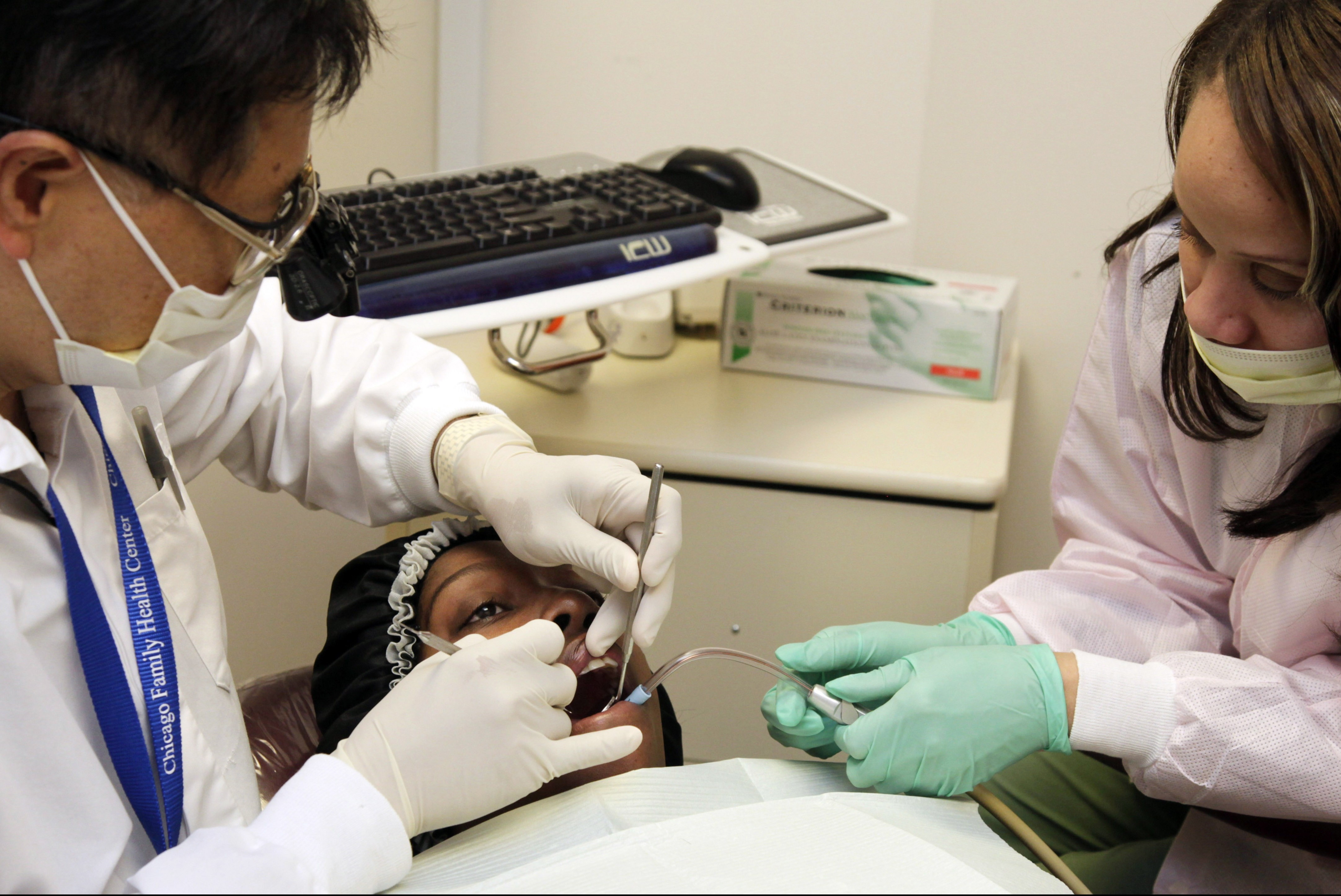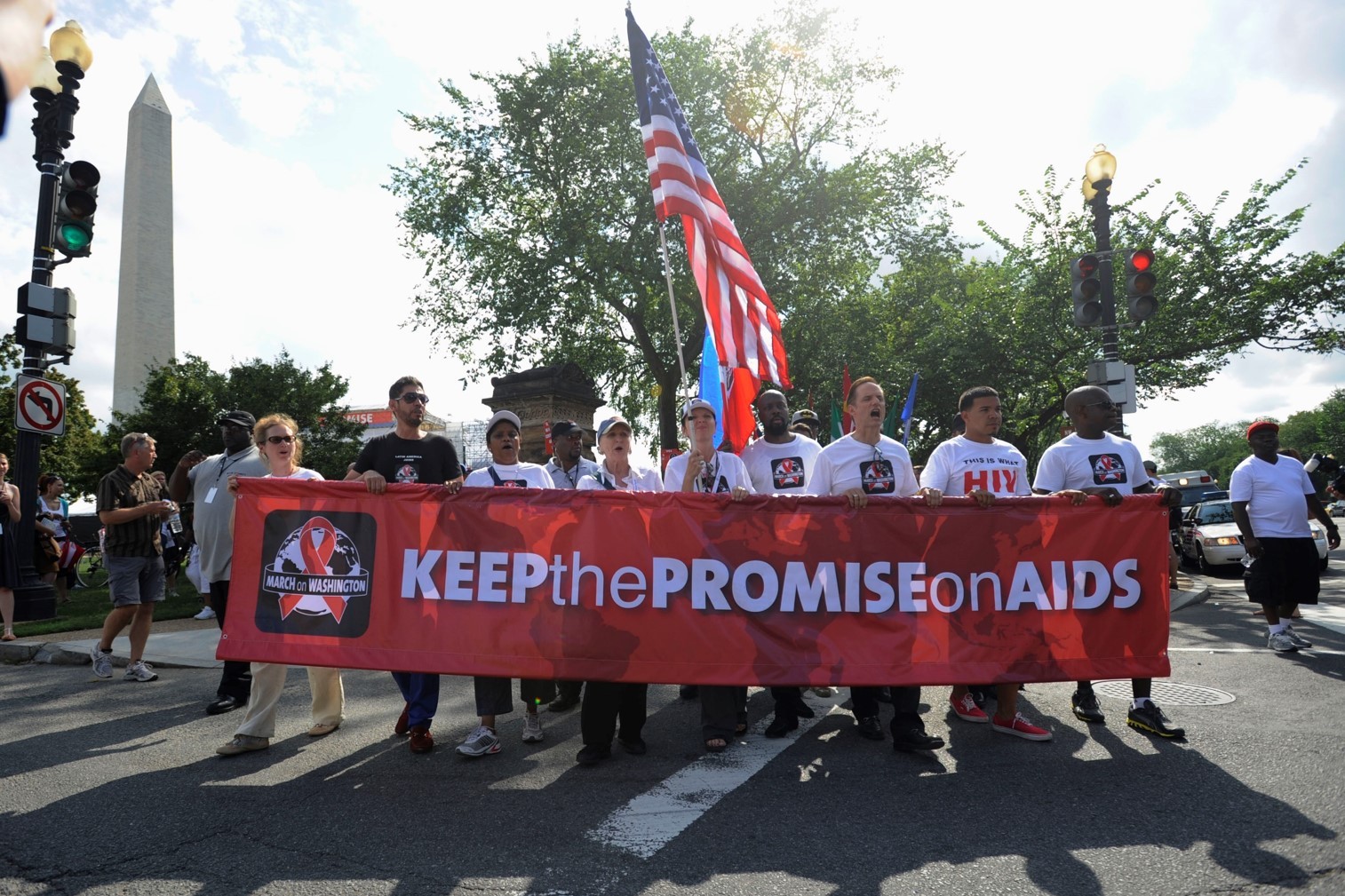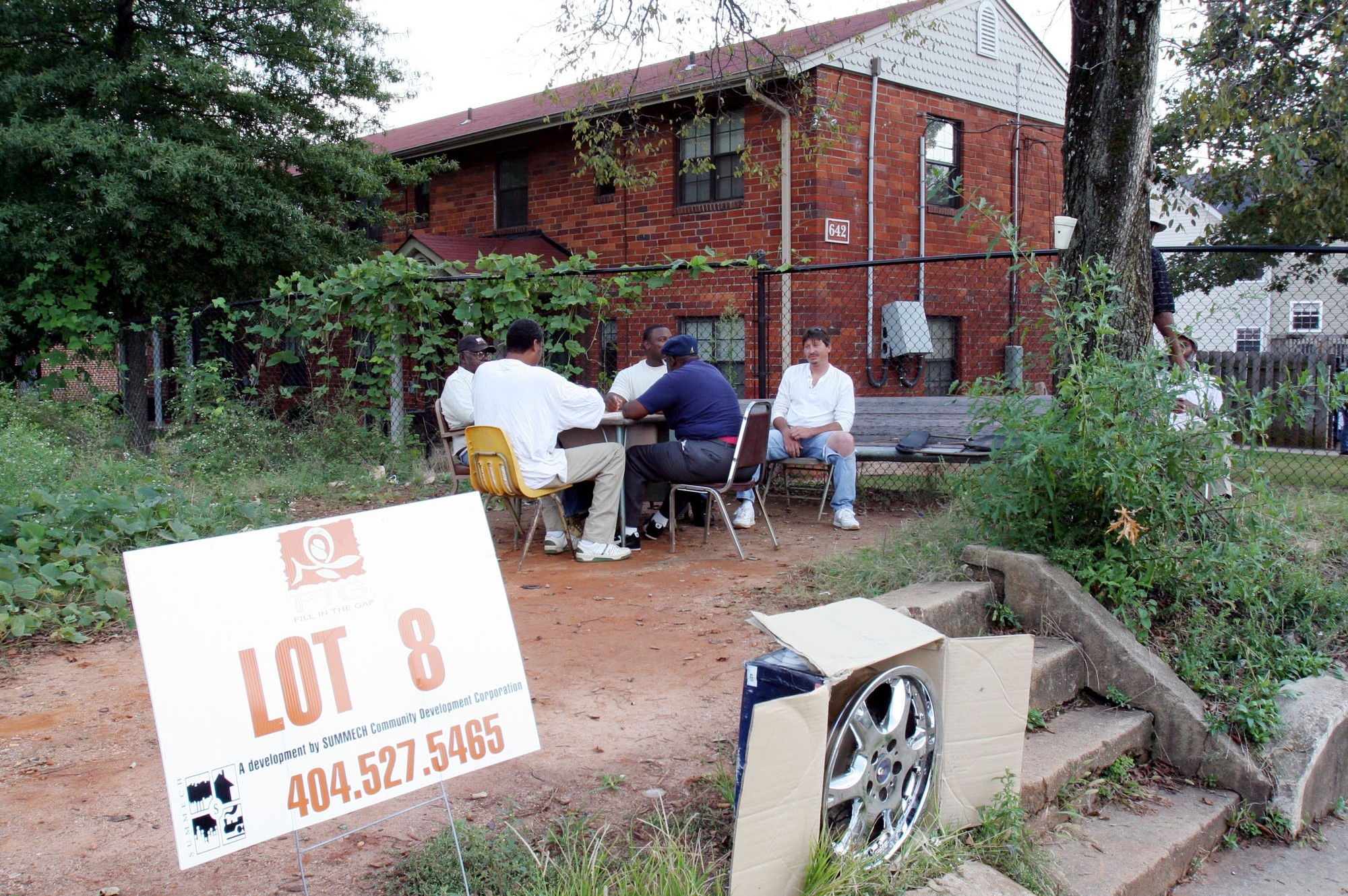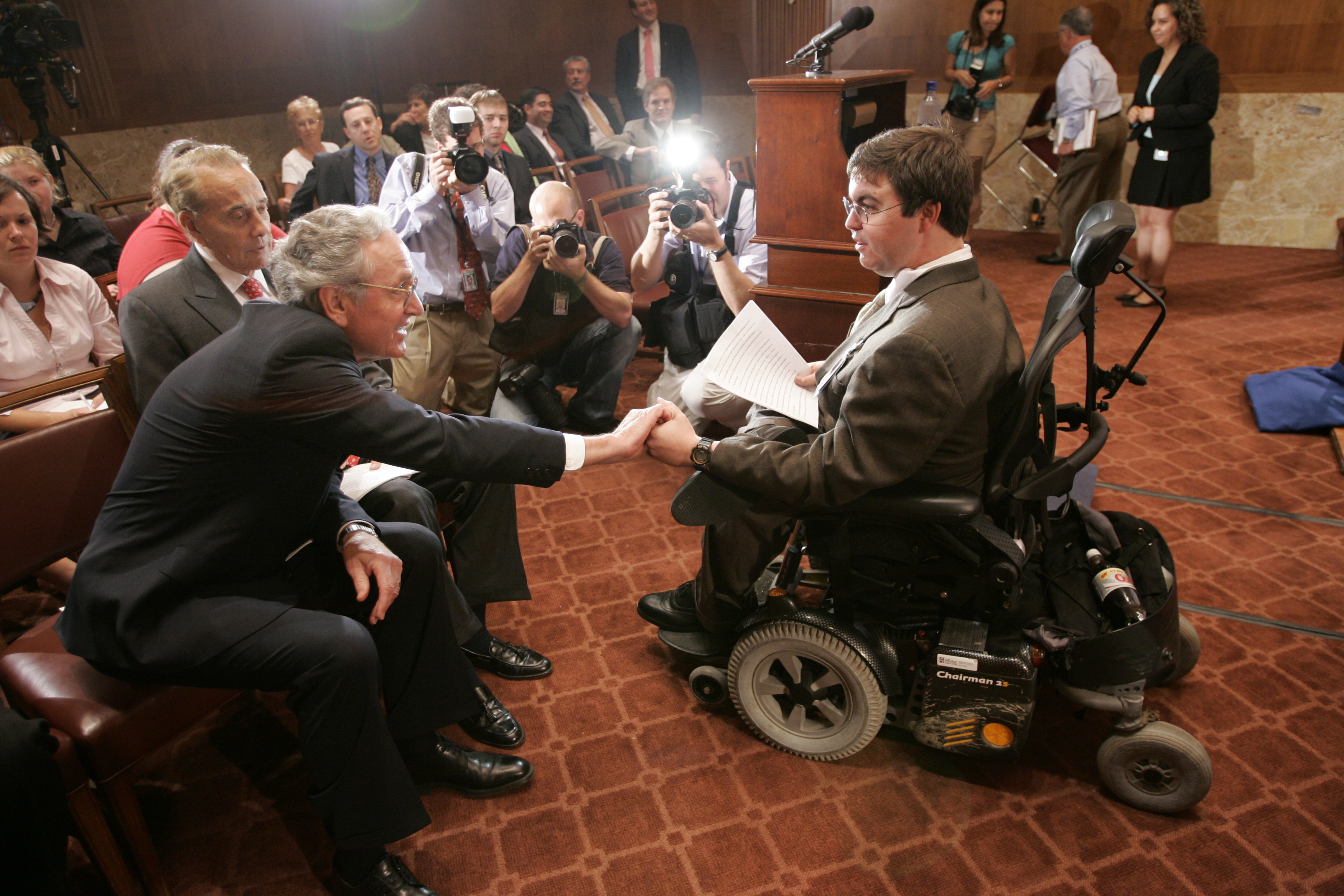One in three people in the U.S. can’t get dental care when and where they need it. The fact is, finding a dentist is tough, especially for those who rely on public health insurance. There’s a dental provider shortage in America leaving nearly 49 million people without access to quality care. Instead of getting the treatment they need, people live in pain, miss school or work, and develop life-threatening infections.
Maybe you’ve heard about the tragic death of 12-year-old Deamonte Driver. His mom couldn’t find a dentist who would accept Medicaid and she couldn’t afford the $80 extraction for his infected tooth. Sadly, Deamonte’s dental-related death is not an isolated incident. In fact, the American Dental Association (ADA) reports that over an eight-year period, 66 people died after being hospitalized for a dental infection.
The good news is we already know how to dramatically improve access to dental care: allow mid-level dental providers—similar to physician assistants and nurse practitioners—to perform routine care. It’s a safe, cost-effective and productive solution to the crisis. However, progress is being blocked by an organization that you might least suspect would stand in the way—the ADA.
Mid-level dental providers have been utilized by more than 50 countries for almost a century and are now practicing in Alaska, Minnesota and Maine. In all, more than 20 states are currently considering allowing these health professionals to provide routine and preventive care like cleanings, fillings and some extractions.
Get Talk Poverty In Your Inbox
While studies show conclusively that mid-level dental providers deliver safe, quality care, these workers also boost the economy. They allow dentists to grow their practices and increase revenues while treating more patients. The model creates new, good jobs that offer a career ladder for current dental employees. Finally, by improving the health care options available to employees and their families, implementing mid-level dental helps communities attract new businesses.
While the ADA’s own journal acknowledged “a variety of studies indicate that appropriately trained mid-level providers are capable of providing high quality service,” the organization remains opposed. The ADA continually cites “safety” as its primary concern, claiming that these dental professionals are not properly trained to perform “surgical” procedures. However, the organization has never been able to point to a single study that supports that view. In contrast, there have been thousands of studies on the quality of care provided by dental mid-levels, and none has ever shown it to be unsafe. The ADA’s voice of opposition is an increasingly lonely one, as the list of supporters of reform is growing—from the American Academy of Pediatrics to AARP.
Change is never easy. When dental hygienists were introduced in the early part of the last century, organized dentistry opposed them. Likewise, the medical community initially pushed back against physician assistants and nurse practitioners. Now, however, dentists and doctors can’t imagine functioning without these skilled team members, and our health care is far better because of it.
It’s just a matter of time before mid-level dental providers make their way to all 50 states. Millions of Americans living in pain will then have something to smile about.











